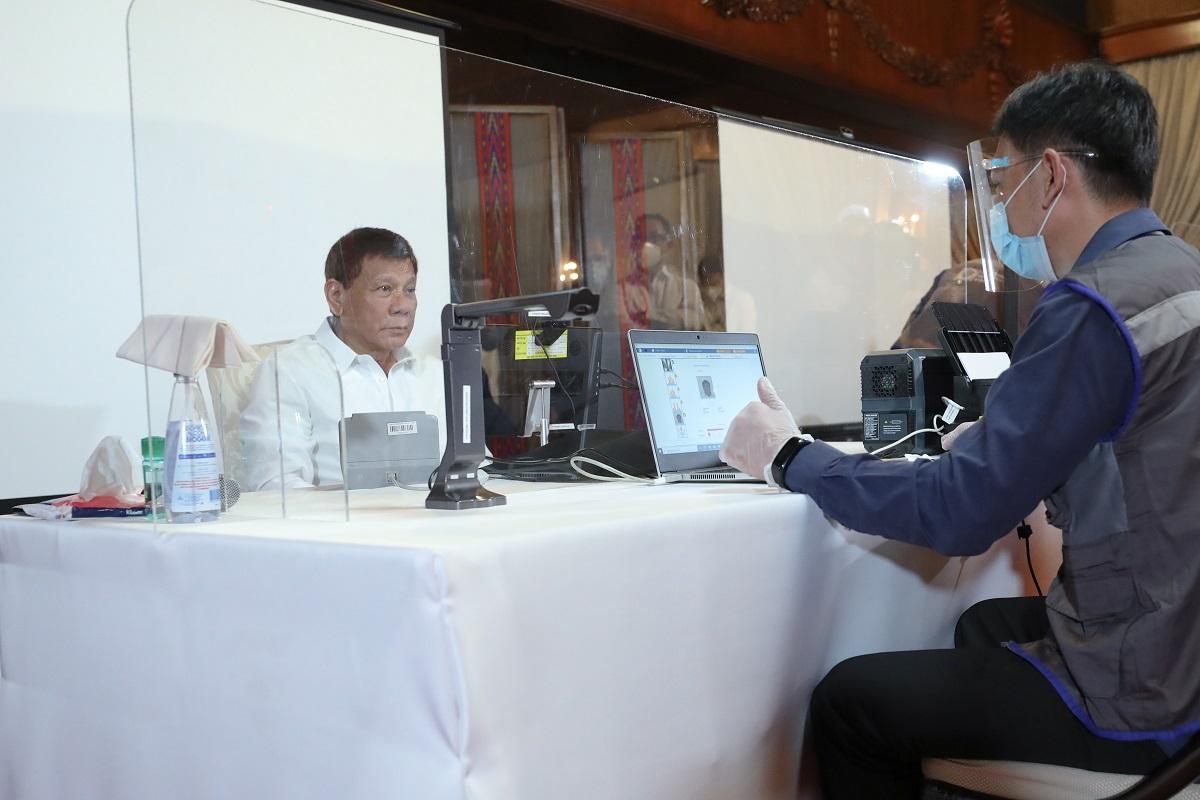Gov’t agencies ordered to prepare for full implementation of Nat’l ID system

President Rodrigo Duterte has ordered all government agencies, including local government units, to prepare for the implementation of the Philippine or National ID system.
This is provided under Memorandum Circular (MC) 95 issued by Executive Secretary Salvador Medialdea dated February 8.
The Philippine Identification System (PhilSys) serves as a database for citizens and resident aliens of the country which is expected to aid seamless delivery of services, improve efficiency, transparency and targeted delivery of public social services, as well as enhance administrative governance, reduce corruption, curtail bureaucratic red-tape, avert fraudulent transactions, strengthen financial inclusion, and promote ease of doing business.
"There is an urgent need to direct the whole-of-government to undertake preparatory steps to ensure that the PhilSys and its key components are properly integrated in the processes, databases, systems and services of all government agencies, to facilitate interconnectivity, make transacting with the government convenient and cost-efficient for the benefit of the general public, and ensure the effective implementation of RA No. 11055 (PhilSys law)," the memo read.
"All government agencies, instrumentalities, departments, bureaus, offices, LGUs, GOCCs, GFls, state universities and colleges, as well as other chartered institutions, hereafter referred as covered agencies, are hereby directed to incorporate and integrate in their respective processes, databases, identification systems and services, the PSN and PhillD of registered individuals, as well as the other components and features of the PhilSys," the memo added.
The memo, however, explicitly stated that PhilSys integration will not grant covered agencies access, in any form, to the PhilSys Registry.
"The covered agencies shall prioritize PhilSys integration to enable the use of PhilSys-enabled services, involving, among others, online authentication processes and proper controls for the PhillD, including features such as real-time authentication and validation, as established by the Philippine Statistics Authority (PSA), within two years from the launching of the said services in their respective agencies," the memo read.
Specifically, agencies are mandated to execute the following steps:
- identify processes and services within their respective agencies that can utilize the PhilSys, to enable, among others, online and paper-less transactions, as well as the removal of duplicates and ghost records from registries;
- determine the appropriate types and quantity of biometric authentication devices that need to be procured;
- develop their respective two-year work plans (PhilSys Integration Plan), indicating the activities to be covered by the integration initiative, the timelines to fully implement said integration, the responsible units therefore, and the budget for the same;
- incorporate PhilSys integration as a priority initiative in their respective strategic plans and programs, such as the Information System Strategic Plan;
- coordinate with and enter into formal agreements with the PSA to ensure successful, efficient and effective implementation of the PhilSys integration; and
- publish in their respective annual reports, or in any equivalent document, the agency's PhilSys Integration Plan, including the status of its implementation.
"Reasonable and appropriate organizational, technical, and physical security measures shall be put in place in the planning and implementation of the PhilSys integration, to ensure that PhilSys Registry, as well as other registered information, are protected from unauthorized access, use and disclosure, and against accidental or intentional loss, destruction or damage," the memo said.
Likewise, the memo tasks the The PSA and Department of Information and Communications Technology to ensure that all information databases and systems to be developed by government entities shall be synchronized to facilitate interoperability of government-initiated identification systems, ensure efficient and more reliable government transactions and secure access to information and services. — BM, GMA News




